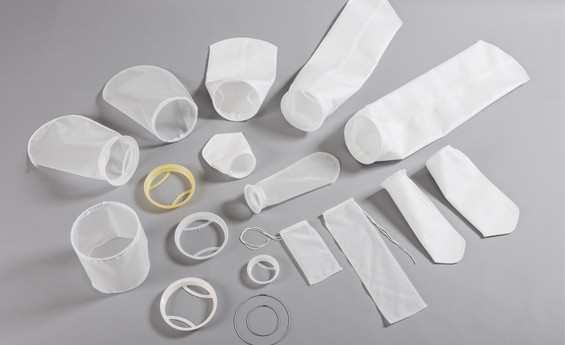The APAC electric scooters and motorcycles market is projected to reach 31.2 million units by 2025, according to P&S Intelligence.
The growth of the market is majorly driven by the rising urbanization in the growing economies of the APAC region such as India and China, the increasing demand for the means of transport in small cities in the APAC region, and the growing environmental concern and awareness.
Insights into market segments
On the basis of battery type, the APAC electric scooters and motorcycles market is segmented into sealed lead acid (SLA) and lithium-ion (Li-ion) batteries. Among these, the volume sales of the SLA category accounted for a larger share, accounting for 85% contribution in 2017. However, the Li-ion category is expected to grow at a faster rate when compared to the SLA category during the forecast period, owing to their light weight and longer expected life.
On the basis of technology, the APAC electric scooters and motorcycles market is segmented into plug-in and battery types. Among these, the plug-in category recorded higher sales by volume, accounting for more than 90% share in the market in 2017. The category is expected to continue its dominance in terms of size against the battery category during the forecast period as well, owing to ease of convenience and the lack of battery swapping infrastructure in the region.
The ever increasing urbanization in the developing nations of APAC are expected to benefit the sales of the electric scooters and motorcycles in the region during the forecast period. The developing economies like India and China primarily contribute to this rapid urbanization. In general, the travel needs of the population in such economies involve short and frequent rides, which can drive the growth of APAC electric scooters and motorcycles market.
Rising urbanization and increasing demand for lighter modes of transport expected to boost the market growthIncreased environmental concern and awareness raised by the government promoting the growth of the market
Governments of various countries in the region have been trying to raise awareness among the masses to adopt eco-friendly means of transport (electric, and hybrid-electric) through their awareness programs and initiatives. Also, the increased environmental concern for the degrading air quality by responsible institutions promoted the growth of the market in the recent past. Also, some of these nations provide subsidies for electric two-wheelers; for example, the government of India provides subsidy for the purchase of electric two-wheelers, thereby driving the APAC electric scooters and motorcycles market growth.
Some of the key players in the APAC electric scooters and motorcycles market are Yadea Group Holdings Ltd., AIMA Technology Group Co. Ltd., Zhejiang Luyuan Electric Vehicle Co. Ltd., Jiangsu Xinri E-Vehicle Co. Ltd., Dongguan Tailing Electric Vehicle Co. Ltd., and VMOTO Limited.























